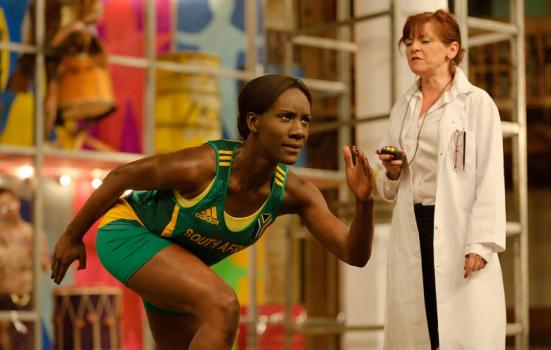Report by the British Theatre Consortium paints the most comprehensive picture to date of the UK theatre sector.

Simon Kane
The amount of ‘new writing’ being staged by theatres has overtaken revivals for the first time, a report by the British Theatre Consortium (BTC) has revealed. New work, including new translations and adaptations, accounted for 59% of all theatre productions in 2013, and generated almost two-thirds of income at theatres across the UK. However, the benefit of increased work for playwrights is falling unevenly, with less than a third of new plays written by female playwrights.
The report, which looks at work staged in 2013 at member theatres of UK Theatre and the Society of London Theatre, paints the most comprehensive pictures of the UK theatre sector to date. It reveals that musicals, produced mainly by commercial theatres, rule the box office – taking 60% of income despite only accounting for 15% of all productions. The 72% of productions classed as ‘straight theatre’ only attracted 36% of attendance and 28% of box office income.
The “dominance” of new writing is heralded as a success for the sector and suggests that concerns arts funding cuts would deter theatres from producing risky new work were unwarranted. Although, BTC points out, it’s possible the majority of plays in the 2013 repertoire were commissioned before the major cuts of 2011, and so a decline might still be seen. Revivals remain box office favourites, despite a decline in popularity amongst programmers, with a higher percentage of seats sold for performances of revived texts than any other type of theatre. Physical theatre and devised work are the least successful at filling theatres.
Highlighting a still evident gender gap in theatre, BTC warns that the “benefits of the increase in new work are unequally distributed”. Of new plays written by a single writer, just 31% were written by women. What’s more, compared to new works written by men, these plays were performed in theatres that are 24% smaller, programmed for 69% fewer performances and tickets priced 23% lower. Female playwrights are best represented in the subsidised theatre sector, and there is significant regional variation in the gender imbalance. Theatres in the West Midlands produced the highest proportion of new plays by women, followed by the North West, with the lowest proportion seen in the North East.
Excluding London – which continues to outstrip the rest of the country, in terms of numbers of performances, attendances and income – the report suggests a “relatively even spread of theatrical activity across the country”. Wales is an exception, where the percentage of productions (14%) was significantly higher than the percentage of population that resides there (5%), despite having a relatively low number of theatre buildings. BTC attributes this to the success of Welsh touring and the site-specific policy of the National Theatre of Wales.




